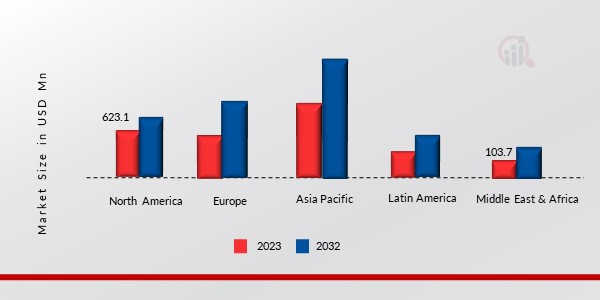Market Trends
Key Emerging Trends in the Biodegradable Polymer Market
The biodegradable polymers market has been experiencing significant trends in recent years, driven by increasing environmental awareness, regulatory initiatives, and technological advancements. One notable trend in the market is the growing demand for biodegradable polymers as a sustainable alternative to traditional plastics. With mounting concerns over plastic pollution and its impact on the environment, consumers, businesses, and governments are increasingly seeking environmentally friendly solutions for packaging, textiles, and other applications. Biodegradable polymers offer the advantage of being derived from renewable resources and capable of breaking down into harmless byproducts through natural processes, reducing the environmental burden associated with traditional plastics.
Moreover, regulatory initiatives and policies aimed at reducing plastic waste and promoting sustainability are shaping the biodegradable polymers market. Governments around the world are implementing regulations and bans on single-use plastics, encouraging the adoption of biodegradable and compostable alternatives. For instance, the European Union has introduced directives such as the Single-Use Plastics Directive and the Circular Economy Action Plan, which aim to promote the use of biodegradable polymers and other sustainable materials. These regulatory measures are driving market trends towards eco-friendly packaging, disposable products, and consumer goods made from biodegradable polymers.
Furthermore, technological advancements and innovations in polymer science have led to the development of new and improved biodegradable polymers with enhanced properties and performance characteristics. Researchers and manufacturers are investing in bio-based polymers derived from renewable resources such as corn starch, sugarcane, and cellulose, as well as synthetic polymers that are designed to degrade more rapidly in natural environments. Additionally, advancements in polymer processing technologies, such as extrusion, injection molding, and 3D printing, have enabled the production of biodegradable products with complex shapes and structures for various applications. These technological advancements are driving innovation and differentiation in the biodegradable polymers market, meeting the evolving needs of industries and consumers alike.
Moreover, the COVID-19 pandemic has had a significant impact on the biodegradable polymers market, influencing consumer behavior, supply chain dynamics, and market trends. With the pandemic highlighting the importance of sustainability and resilience in supply chains, there has been a growing demand for biodegradable packaging and disposable products in healthcare, foodservice, and other sectors. Additionally, as consumers become more conscious of hygiene and safety, there is a preference for single-use and biodegradable alternatives over reusable products, further driving market growth in the midst of the pandemic. Moreover, the pandemic has accelerated trends such as e-commerce and online retailing, as consumers increasingly seek convenience and safety in their purchasing habits.
On the other hand, the biodegradable polymers market is facing challenges such as cost competitiveness, scalability, and end-of-life management. While biodegradable polymers offer environmental benefits, they may still be more expensive to produce compared to traditional plastics, posing challenges for widespread adoption and market penetration. Additionally, scalability and availability of raw materials for biodegradable polymers production may limit the growth potential of the market, particularly in regions with limited access to renewable resources. Moreover, challenges related to the collection, sorting, and composting of biodegradable products at the end of their life cycle pose constraints on the circularity and sustainability of the biodegradable polymers market.








Leave a Comment